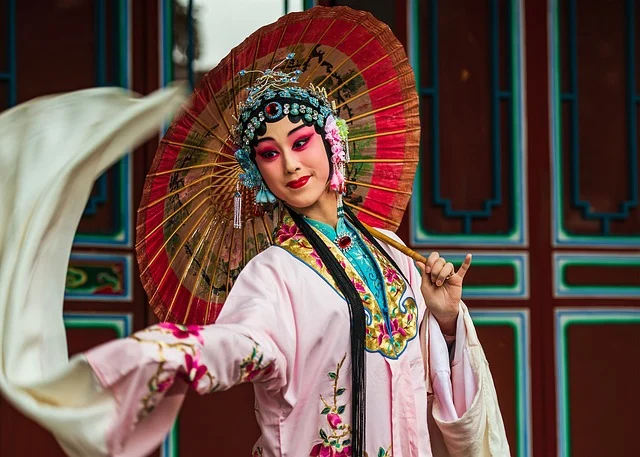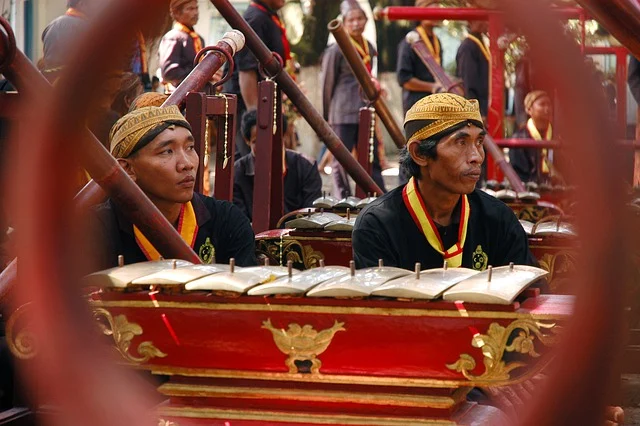Traditional Swiss Clothing: Dirndl and Lederhosen

Switzerland, a country renowned for its breathtaking Alpine landscapes, precision engineering, and rich cultural heritage, is also home to some of the most iconic traditional clothing in Europe. Among these, the Dirndl and Lederhosen stand out as symbols of Swiss and Alpine culture. These garments are not only deeply rooted in history but also continue to play a significant role in modern Swiss festivities and traditions. In this article, we will explore the origins, significance, and evolution of these traditional outfits, as well as their place in contemporary Swiss society.
The Dirndl: A Timeless Emblem of Swiss Femininity
The Dirndl is a traditional dress that has become synonymous with Swiss, Austrian, and Bavarian cultures. While it is often associated with Austria and Germany, the Dirndl is also an integral part of Swiss heritage, particularly in the German-speaking regions of Switzerland.
Origins and History
The Dirndl originated in the 19th century as a practical outfit for peasant women in the Alpine regions. Its design was influenced by the need for functionality and durability, as women required clothing that allowed them to work in the fields and manage household chores. Over time, the Dirndl evolved from a simple working dress to a more elaborate and decorative garment, often worn during festivals and special occasions.
The name “Dirndl” is derived from the Bavarian-Austrian word “Dirn,” which originally meant “young woman” or “girl.” The dress was initially worn by servants and working-class women but later gained popularity among the upper classes as a symbol of rural charm and tradition.
Design and Components
The traditional Dirndl consists of several key components:
- Bodice (Mieder): The fitted bodice is the centerpiece of the Dirndl, often adorned with intricate embroidery, lace, or decorative buttons. It accentuates the waist and provides a structured silhouette.
- Blouse (Bluse): Worn underneath the bodice, the blouse is typically made of lightweight fabric such as cotton or linen. It features puffed sleeves and a modest neckline, often trimmed with lace or ruffles.
- Skirt (Rock): The skirt is full and flowing, reaching anywhere from just above the ankle to mid-calf. It is usually made of sturdy fabric like wool or cotton and may feature pleats or patterns.
- Apron (Schürze): The apron is an essential part of the Dirndl, worn over the skirt. It is often made of a contrasting color or pattern and tied at the front with a bow. The position of the bow is said to indicate the wearer’s marital status: a bow on the left signifies that the woman is single, on the right means she is married, and in the center indicates that she is a widow.
Cultural Significance
The Dirndl is more than just a piece of clothing; it is a symbol of Swiss identity and cultural pride. It is commonly worn during traditional festivals such as Swiss National Day, Alpine cattle drives (Alpabzug), and Oktoberfest celebrations. The dress embodies the values of simplicity, hard work, and connection to nature that are central to Swiss culture.
Lederhosen: The Quintessential Swiss Men’s Attire
While the Dirndl represents Swiss femininity, the Lederhosen is the traditional counterpart for men. These leather breeches are a staple of Alpine culture and are widely recognized as a symbol of Swiss and Bavarian heritage.
Origins and History
The origins of Lederhosen can be traced back to the 18th century, when they were worn by farmers, hunters, and laborers in the Alpine regions. The durable leather material provided protection against the harsh weather conditions and rough terrain of the mountains. Over time, Lederhosen became associated with rural life and were adopted by the upper classes as a fashionable item.
The name “Lederhosen” literally translates to “leather trousers” in German. These trousers were originally designed for practicality, with features such as suspenders (braces) and front flaps that made them easy to wear and adjust.
Design and Components
Traditional Lederhosen are characterized by their distinctive features:
- Material: As the name suggests, Lederhosen are made from high-quality leather, typically deer or goat hide. The leather is treated to make it soft and durable, ensuring that the trousers can withstand years of wear.
- Length: Lederhosen are usually knee-length, with a buttoned or buckled closure at the hem. This design allows for ease of movement and comfort during physical activities.
- Suspender Straps (Hosenträger): The trousers are held up by suspenders, which are often decorated with intricate embroidery or metal clasps. The suspenders add a touch of elegance to the otherwise rugged garment.
- Front Flap (Latzen): One of the most recognizable features of Lederhosen is the front flap, which can be buttoned up or left open. This flap serves both a functional and decorative purpose.
- Accessories: Traditional Lederhosen are often paired with a checkered shirt, woolen socks, and Haferlschuhe (traditional Alpine shoes). A fedora hat or Tyrolean hat with a feather completes the look.
Cultural Significance
Lederhosen are deeply ingrained in Swiss culture and are often worn during traditional events such as folk festivals, yodeling competitions, and Alpine wrestling matches (Schwingen). They symbolize strength, resilience, and a connection to the land, reflecting the values of Swiss rural life.
The Evolution of Traditional Swiss Clothing
While the Dirndl and Lederhosen have their roots in rural life, they have undergone significant changes over the years. In the 20th century, these garments experienced a revival as symbols of national pride and cultural heritage. Today, they are not only worn during traditional events but have also found a place in modern fashion.
Modern Adaptations
Contemporary designers have reimagined the Dirndl and Lederhosen, blending traditional elements with modern aesthetics. For example, Dirndls are now available in a variety of fabrics, colors, and patterns, catering to different tastes and occasions. Similarly, Lederhosen have been adapted into more casual and urban styles, making them accessible to a wider audience.
Cultural Preservation
Despite these modern adaptations, the traditional designs of the Dirndl and Lederhosen remain highly valued. Many Swiss people take pride in preserving their cultural heritage by wearing these garments during festivals and celebrations. Organizations and cultural groups also play a vital role in promoting and educating the public about the significance of traditional Swiss clothing.




